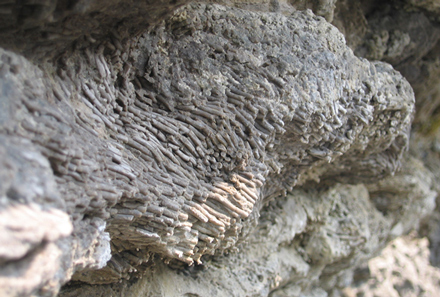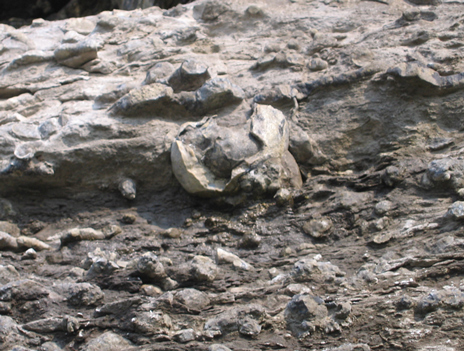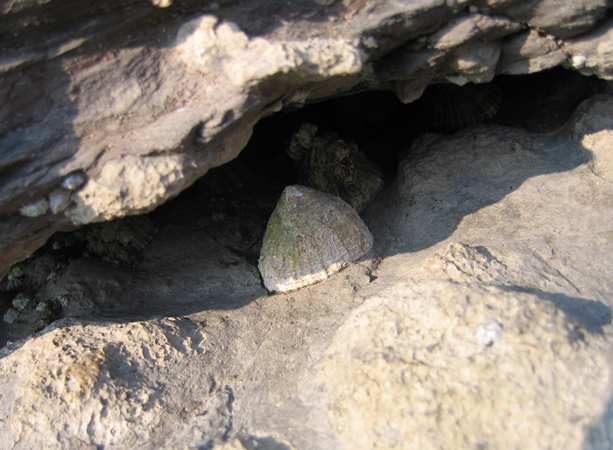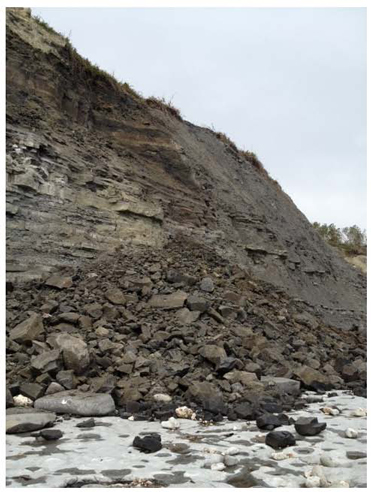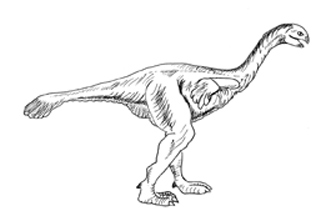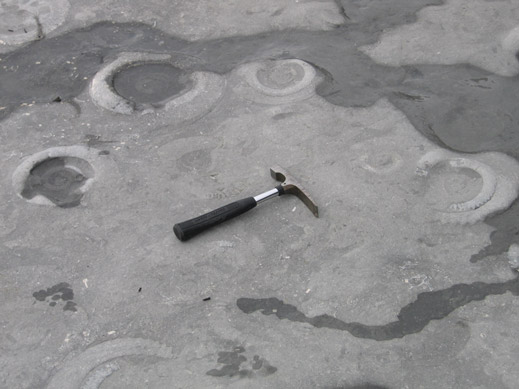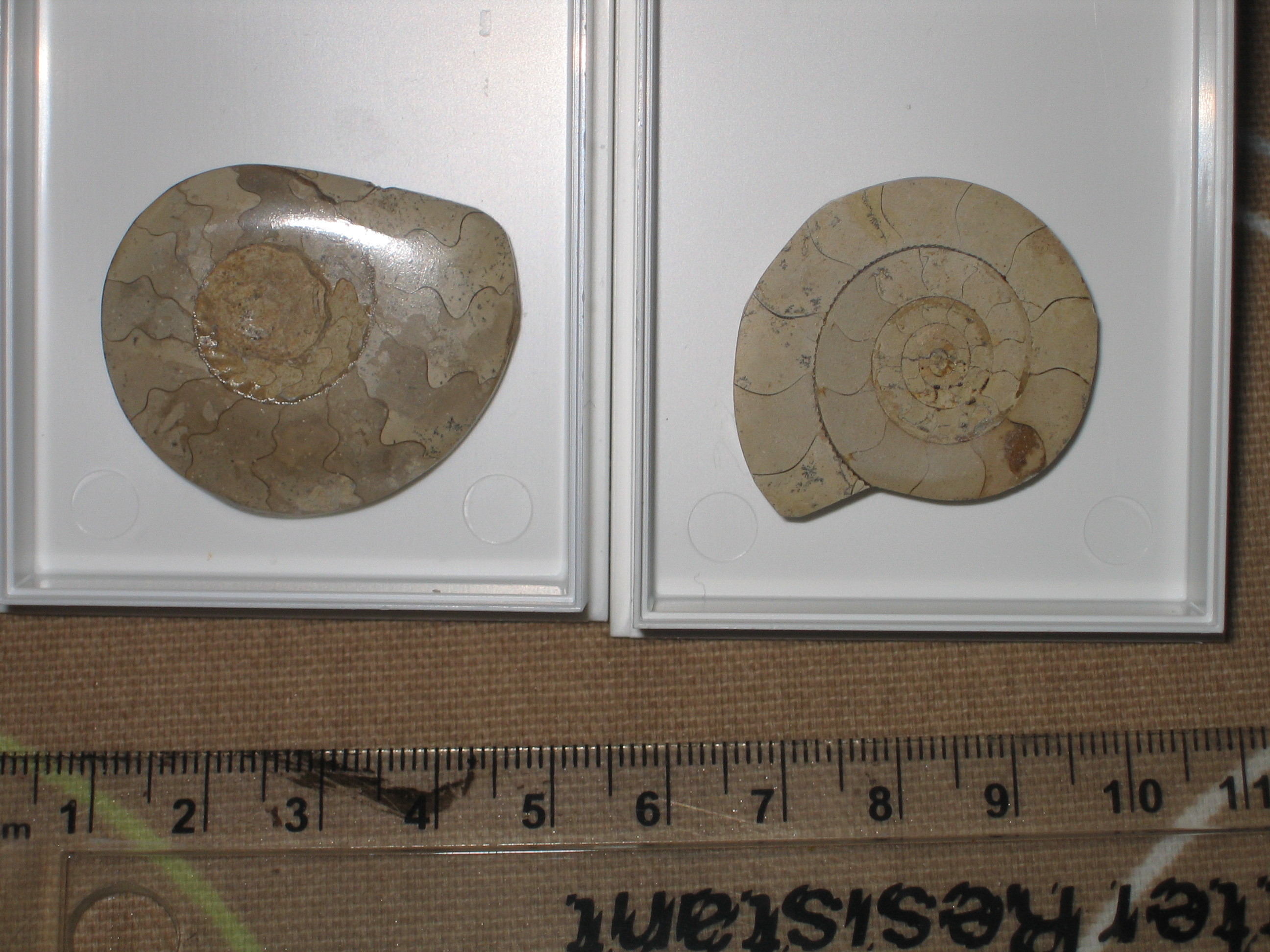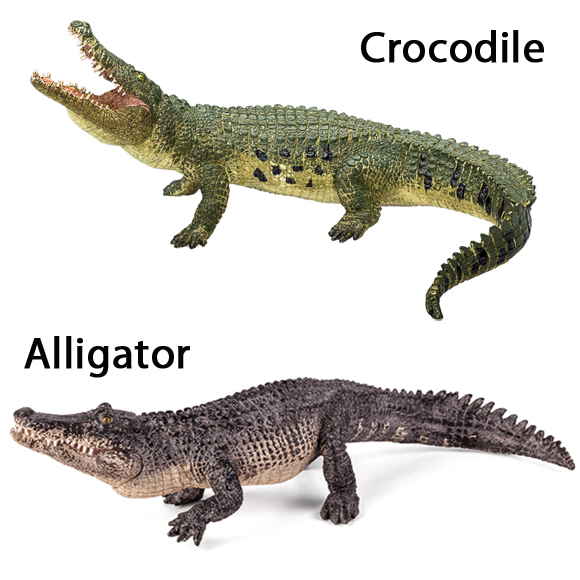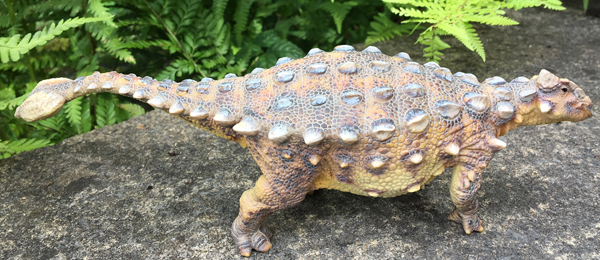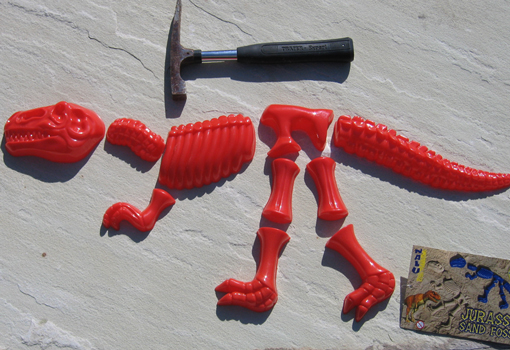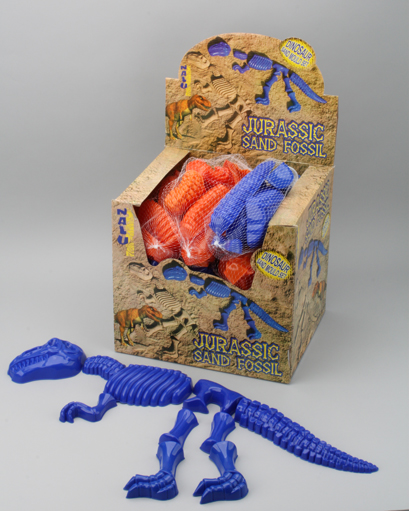A Trip Back to the Carboniferous – Great Day’s Fossil Hunting
Exploring a 330-million-year-old Carboniferous Coral Reef
Every once in a while team members at Everything Dinosaur, get the chance to visit some very special fossil sites, around the world and closer to home. With the day off afforded by the Royal Wedding (congratulations to Kate and William), we took the opportunity to visit an area of the Welsh coast and go fossil hunting in a part of the world which promised the chance to find some Carboniferous aged corals, brachiopods and gastropods.
Fossil Hunting
The geological period known as the Carboniferous lasted from approximately 360 million years ago to around 299 million years ago. It is sub-divided into two main epochs, the earlier Mississippian and the Pennsylvanian. The strata laid down during these epochs are further divided into Lower, Middle and Upper. The Carboniferous is split into seven faunal zones and we were interested in visiting an exposed area of limestone that formed part of a headland. The limestone contained the remains of an ancient coral reef, an environment that would have resembled the coral reefs seen off the coast of Australia, such as the Great Barrier Reef that stretches for more than one thousand miles along the coast of Queensland.
The weather was gorgeous and armed with a few provisions, stout walking boots and a digital camera to record our discoveries; off we set. It took a few hours to locate the fossil bearing rocks, but we were in no hurry, having our picnic lunch staring out to sea whilst perched on the shoreline was a wonderful way to spend part of the afternoon – we could not have wished for a better day.
The Beautiful Welsh Scenery
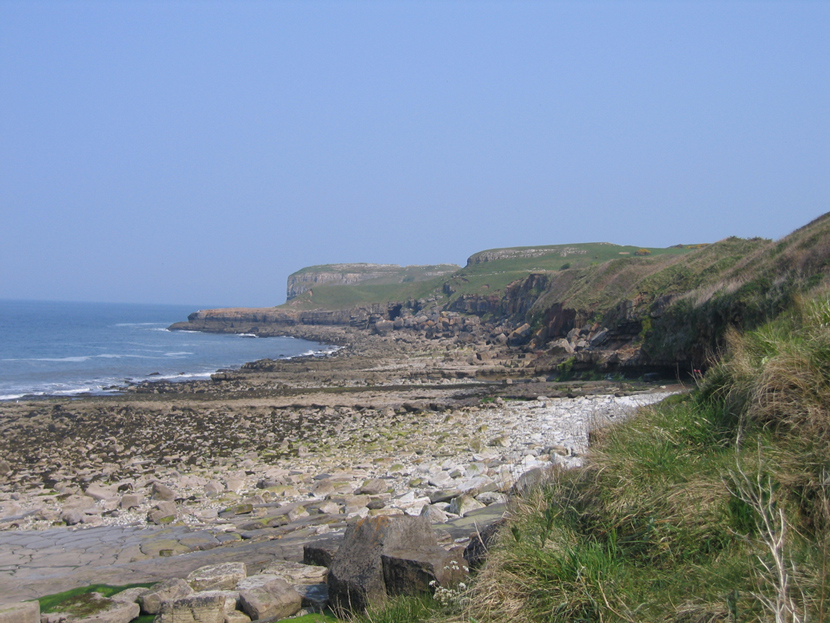
Picture credit: Everything Dinosaur
There was not a cloud in the sky, but it was not too hot, perfect walking, hiking and fossil collecting weather, although we were all sensible and made sure that we were protected from the sun with hats and kept applying the sun tan lotion.
Carboniferous Fossils
The fossil bearing rock that we were looking for was laid down in the Visean faunal stage in what is termed the Mississippian epoch. The Carboniferous was a time of great change. Global cooling resulted in a series of major glacial events across much of the landmass that covered the southern part of the planet. In most people’s minds the Carboniferous is associated with the great forests and swamps, these habitats went onto form the immense coal fields that are found all over the world (the geological period is named after the Greek word for coal-bearing).
However, in marine environments, invertebrates and vertebrates diversified immensely, exploiting the opportunities afforded by the changes of climate.
As for Wales, it was part of the southern coastline of a landmass known as Avalonia and it sat almost on the equator. The warm shallow seas teemed with life and the strata we were looking for preserved the fossilised remains of an ancient coral reef and some of its inhabitants. Corals are part of the phylum Cnidaria (pronounced nigh-dare-ee-ah). This group of animals secrete a skeleton of calcium carbonate and it is this skeleton that is readily preserved as a fossil.
There are three main types of coral represented in the fossil record. The first are Rugose corals, these can be either individual animals or colony forming. They evolved in the Ordovician but became extinct as a result of the Permian mass extinction. The second type of coral are known as Tabulate corals (always colonial). These too became extinct at the end of the Permian. All corals found today, are part of a third group, the Hexacorals (can be solitary or form colonies). The Hexacorals appeared in the early Mesozoic, replacing the environmental niches held by the more ancient coral forms.
It took most of the day to locate the area we were looking for. This location is not for the faint hearted and we cannot stress enough that sites such as this should not be visited alone, there are large boulders to clamber over and steep cliffs to negotiate as well as tide times to consider. However, the trip was worth it, the picture below shows the scale of the fossil bearing strata, a team member from Everything Dinosaur provides the scale.
Visiting a Carboniferous Coral Reef
Picture credit: Everything Dinosaur
Our colleague, Sue in the picture, is actually sat on the fossil bearing strata. It really was one of those “Eldorado Moments” as we call them, the moment when you realise that you have discovered a fossil rich site. Everywhere we looked we could see fossils of Corals, Crinoids (sea-lillies) and Brachiopods it was really exciting to see so many fossils preserved together. Some of the Brachiopods were very large, we took care not to damage these exposed fossils, removing them was out of the question but we were content to take some pictures.
A Large Fossil Brachiopod
Picture credit: Everything Dinosaur
Surrounded by remains of Coral and Crinoid stems, a large Brachiopod (in-determinant genus) standing proud of the rock. The diameter of this fossil was approximately 10 centimetres. This really was a superb site, one that was breathtaking and we could not have wished for a better day for fossil collecting.
The picture shows the fantastic preservation of the parallel corallites that housed the coral polyps. Having a decent camera whilst fossil collecting is a great idea. Often a picture can be taken in replace of trying to remove the fossil from the rock. Better to leave it in situ so that other people can enjoy it. The geology hammer carefully laid on the fossil provides scale.
We were really impressed with this photograph, the detail on the coral fossil can be clearly made out, we will have to post some of these pictures up on the Everything Dinosaur Facebook page.
It is worth noting that this coastal environment is an important ecosystem today. Granted the sea isn’t quite the warm, tropical paradise of millions of years ago, but it is in itself a thriving habitat for a number of marine animals. We saw plenty of Blennys (small fish) in the many rock pools, as well as sea snails, crabs, mussels and sea anemones. We even found limpets, clinging onto the fossil bearing rock. The last picture we took shows a limpet tucked away in a sheltered crevice right in the middle of the fossil coral formation. Here was a mollusc quite at home surrounded by the remains of ancient members of the Mollusca phylum as well as Corals and Brachiopods.
A Limpet Hiding in the Fossil Bed
Picture credit: Everything Dinosaur
The picture shows a limpet keeping out of the sun, waiting for the tide to turn and the sea water to return. Some barnacles can also be seen in the photograph.
All in all, an enjoyable day out, our visit to the Carboniferous.
To veiw replicas and models of prehistoric animals from the Palaeozoic: CollectA Prehistoric Life Models.


